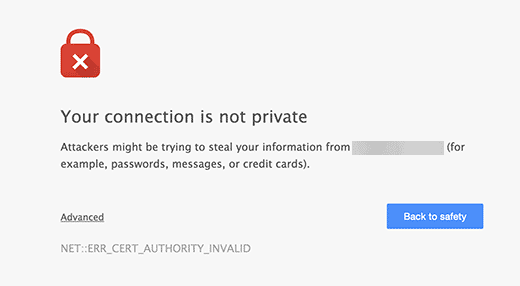A series of spectacular security breaches at internet giants like Google and Facebook in recent months underscores how challenging it can be for any organization to protect itself and its users from attack. In response, all the major online entities have vastly increased their commitment to securing their networks from intrusion, in order to facilitate more secure communications with their users.
When the internet started, communications between users and servers were left completely unprotected, but as more and more of our daily lives moved online, the need for security became more critical. The innovation adopted, first for financial communications, then eventually for everything, is encryption. To be more specific, Hypertext Transfer Protocol or HTTP, the fundamental protocol for connecting users to websites, is evolving into HTTPS, the secured version of HTTP, or HTTP with SSL/TSL.
HTTPS wraps the communication between computers (and mobile devices) and websites in impenetrable code, preventing unwanted eyes from observing, while also guaranteeing that the user is actually connected with the site they had intended.
All modern web browsers now graphically indicate when a connection to a site is secured successfully with HTTPS with an image of a closed lock, often in green. As a further step, some browsers are warning users if the connection is not secured with HTTPS, even to the point of preventing users from easily accessing unsecured sites.
UC ANR is currently in the process of implementing HTTPS for all of our websites. For sites within the UCANR.EDU domain the transition is moving rapidly, with many sites already completed. For sites with more complicated domain management needs, the process is likely to take longer. We do expect to have everything completed by early 2019.

